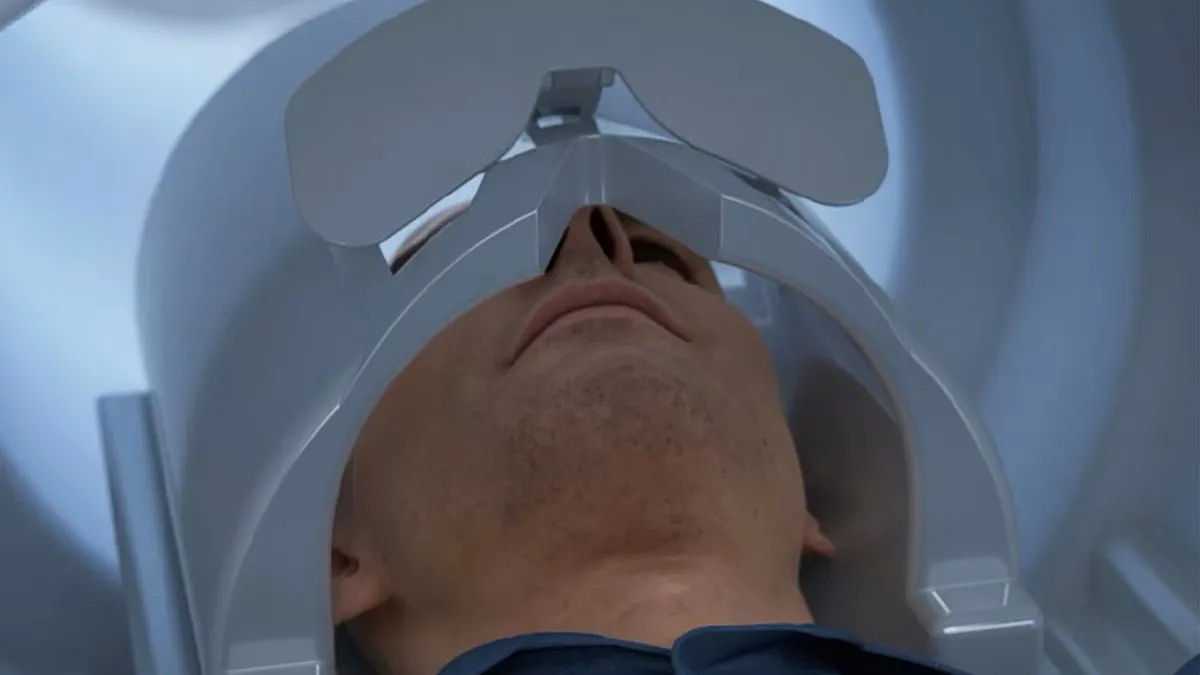Dive Brief:
- GE Healthcare received 510(k) clearance for an MRI system that only scans a patient’s head, the company said Wednesday.
- The Signa Magnus system is designed to shorten scan times, which may be better for people who struggle to stay still or have claustrophobia, and to detect more subtle abnormalities.
- GE based Magnus on its Signa Premier MRI system, its 510(k) predicate device, but changed the strength of the magnetic field gradient to boost image clarity and adopted a head-only design.
Dive Insight:
MRI scans of the head can inform treatment of neurological diseases, cancers and psychiatric conditions. Traditionally, whole-body scanners are used to capture images of the head. The procedure requires the patient to lie still in a narrow, enclosed space for 30 to 60 minutes. Head-only scanners, which multiple groups have researched, could make the experience less traumatic while realizing other benefits.
The Food and Drug Administration clearance positions GE to find out if there is a market in the U.S. for such a device. GE has redesigned the coil for neuroimaging, resulting in a system the company says offers enhanced spatial resolution and image clarity to enable the detection of subtle abnormalities.
GE has installed investigational Magnus systems at the Walter Reed National Military Medical Center, University of Iowa, University of Wisconsin – Madison, and Brigham and Women’s Hospital. In research settings, the systems could support the discovery of biomarkers for neurodegenerative disorders and aid other projects.
Stanford University’s Kawin Setsompop discussed potential uses of the system in GE’s announcement.
“I plan to leverage the gradient performance to look at microstructures with diffusion imaging, such as axonal diameter,” Setsompop said. The Stanford professor said other features of the system “will help achieve higher resolution with fewer artifacts.”
GE plans to make the machine widely available as a commercial product. According to the 510(k) filing, GE can deliver Magnus as a new system installation and as an upgrade to one of its existing whole-body machines.










